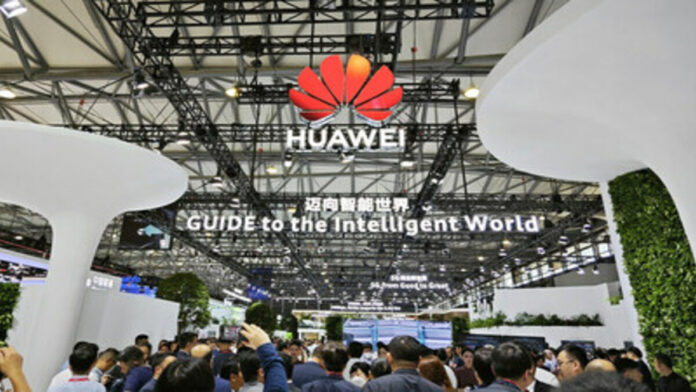At MWC Shanghai 2023, Huawei is well represented with events and exhibits centred on its “GUIDE to the Intelligent World” theme. This year, the company is launching its latest innovative products and solutions for 5GigaGreen, 5G intelligent core networks, Intelligent OptiX Networks, private line + X products, and other intelligent digital transformation solutions, and holding an experiential tour that takes audiences to multiple cities to learn about their technology and business.
Huawei will also host a number of roundtables and dialogues with global operators, industry partners, and thought leaders at these events to discuss topics such as accelerating 5G prosperity, advancing intelligent digital transformation, and stepping into the 5.5G era to realise business, industrial, and social value. Company officials have said that reviving the digital economy and providing new value to consumers are top priorities.
Rotating Chairwoman and Chief Financial Officer of Huawei Sabrina Meng spoke on the topic of “Embracing 5G transformation” in her keynote address. As she put it, “the digital infrastructure of the future intelligent world will be profoundly intertwined into every area of our lives, industry, and society. It won’t be founded on breakthroughs in isolated technologies, but rather on the convergence of various factors across enormous, intricate systems. It will call for a holistic approach to the problem.
You can get the big picture by watching a chess match. But when you’re paying chess, you have to pay attention to the little things. Equally important for 5G’s long-term viability are systematic capacities to integrate technology and restructure management. Let’s start with the topic of combining technologies. By systematically designing and innovating across domains, we may create more synergy across the cloud, networks, edge, and devices. By optimising across software, hardware, chips, and algorithms, we can overcome the difficulties of creating complicated solutions for a wide range of industrial applications.
The next step is a change in management. The shift towards a more digital and intelligent future is about more than simply new technologies. It’s more about changing the way you handle things. In order to meet the challenges of the future, organisations must embrace a more open and forward-looking management style in order to become digital.
Over 1.2 billion people are now using 5G, and the first operators to adopt the technology are reaping the rewards. This is because new applications in several sectors have higher network needs. The RedCap ecosystem has matured, the passive IoT market is expanding, and the Internet of Vehicles (IoV) requires higher uplink speeds, all of which are driving the need for higher data rates and lower latency in the consumer market for services like New Calling, cloud phones, and glasses-free 3D. It is predicted that 100 billion connections would come from these comprehensive applications. It is anticipated that the introduction of these novel service models would spur an upgrade throughout the sector, resulting in further gains.
Since the launch of the first commercial 5G services four years ago, more than 17,000 private network deployments throughout the globe have adopted the technology. The number of commercial connections to 5G networks has increased thrice, as has the income from these networks. The CNY10 billion in income received by several operators from 5GtoB private networks has been used to fuel a CNY100 billion growth in DICT revenue from cloud, data storage, and platform services.
Even while many 5GtoB services began as China-only trials, they have subsequently gone global and been commercially reproduced throughout Asia-Pacific, Europe, the Middle East, and Africa. Manufacturing, ports, mining, oil fields, and healthcare are just some of the sectors that may benefit from the intelligent digital transformation made possible by these services.
For the telecommunications sector, the arrival of 5.5G is also imminent. It is predicted that 5.5G technologies would increase commercial prospects for operators by a factor of 100 and increase the capabilities of networks by a factor of 10. Huawei is demonstrating four key aspects of 5.5G at this year’s MWC Shanghai: 10 Gbit/s downlink, 1 Gbit/s uplink, 100 billion connections, and native artificial intelligence.
It is also investigating the five types of connection (human, object, car, business, and residential) that are anticipated to become standard with 5.5G. Huawei is now assisting many global operators with 5.5G commercial verification. With substantial verification of relevant technologies now complete and the first version of 5.5G standards set to be frozen in the first half of 2024, the 5.5G sector is poised for rapid expansion.

